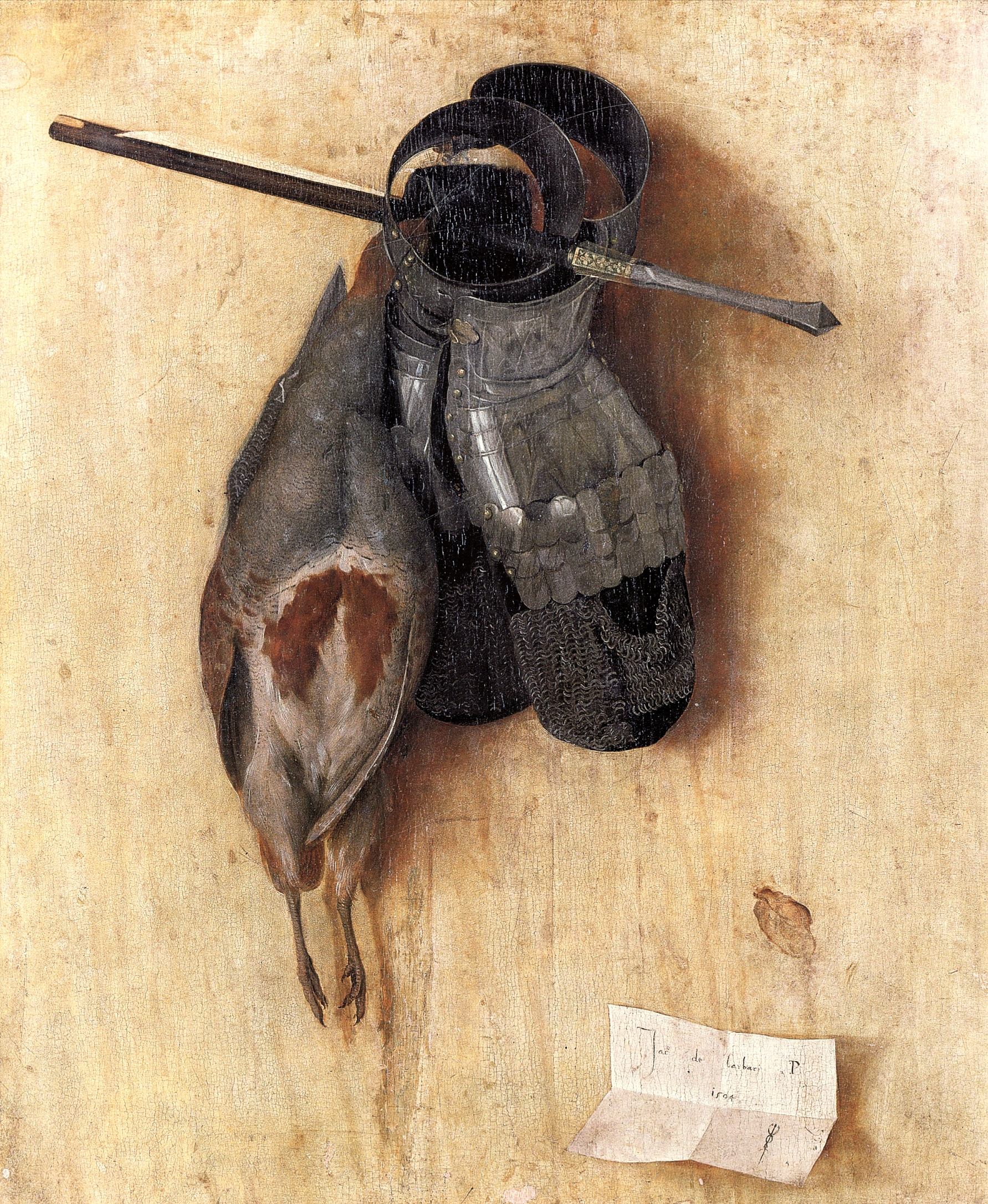Still life in photography derives from the traditional concept of photographing objects organised in such a way that orchestrates a narrative, forming complex compositions that communicate varied allegorical meanings. In its early days, still life photography took the initial meanings and ideas behind still life used in painting, and implemented it into photography, slowly becoming less and less definable over time, to where – in the modern day – still life pieces are able to take any form or definition; from concerns surrounding the environment
The use of still life was very prominent in photography inventors Jacques-Louis-Mandé Daguerre and William Talbot’s work dating back as early as the 1830s. Still life itself originated within painting in the Netherlands during the 17th Century, representing wealth of the upper classes, religion, morality, colonialism, and various other themes within literature – the phrase ‘still life’ forming from the Dutch word ‘stilleven’.

The ‘first’ still life painting ever created was created by artist Jacopo De’Barbari, although still life didn’t rise to popularity until later on up north. It depicts a deceased grey partridge, with two iron gauntlets, and a bolt from a crossbow passed through each object against a wooden table or wall.`

A vanitas is a piece of artwork that typically symbolises the transience of time and life, the idea of death being absolute, and the futility of pleasure. In its prime, vanitas paintings were produced primarily from the mid-16th-mid-17th Centuries, being another key genre during the Dutch Golden Age. The paintings contrast ideas of wealth and death, ‘vanitas’ deriving from Latin – meaning vanity – which links to Christian beliefs in the sense that material objects have no meaning, as they can’t be carried to the next life with us.

“Memento Mori” – remember death – is also another key theme presented throughout still life, vanitas works in particular, the theme that all living things must die at some point or another, and that nothing is forever.
The common themes and symbols – death, wealth, vanity, time, beauty, nature, etc. – used in still life are used to enforce a clear and concise message, and almost provide a comfort about the terrifying uncertainties that are experienced throughout a lifetime.
